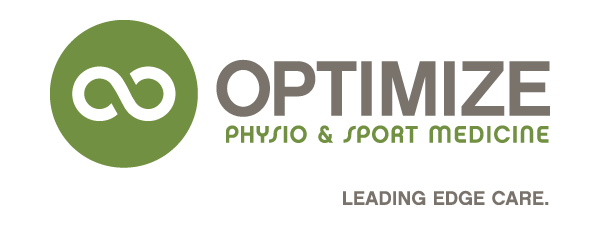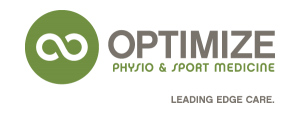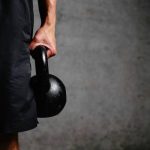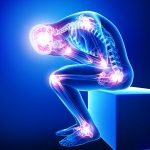Children and adolescents in today’s society are being exposed to less and less play, movement, and physical culture. It is common for kids to be spending a lot of their free time playing video games or sitting in front of screens. It is also common for kids to be deeply focused on one or two sports, which ultimately create imbalances and bypass fundamental human movement skills. Starting in grade 1, kids are introduced to sitting in chairs for major portions of the day at school, which will inevitably continue for years on end. Besides recess, gym class is sometimes the only part of a child’s day where they can play, move, interact, and learn about their own bodies. These early years are critical for physical development, as we learn to play, move, and ultimately stay healthy and free of injury or pain while using our bodies. It is a shame that physical education can be thought of as an ‘unimportant’ part of school – it should be greatly respected and considered just as important as any other subject. With that said, physical education could be done much better, and should include more of the following:
1. Movement Education:
From an early age, kids should be taught how to move and how to maintain basic human movement skills. Babies and young children learn how to move by themselves through play and experimentation – they are great at deep squatting, crawling, pushing, pulling, and running early on. Many of us begin to lose these abilities when we stop moving as much and playing freely. Physical education should be taught by teachers who are skilled in movement, who are able to guide and direct children to develop their movement skills. A large component of physical education should be movement education, with kids being taught to embrace movement skills. Students should be exposed to various movement tasks, and should be taught to climb, lift, carry, squat, run, jump, hang on things, and most importantly, play. Physical education has become too sport specific. While sports are a good way to challenge movement capabilities, kids often lack fundamental human movement capabilities in the first place. It is not uncommon to see a high level competitive youth athlete who cannot perform a squat or move well at a basic human level. Movement skill adds to sport performance, not the other way around. Injuries and pain in sports become way less common when someone is a skilled mover and understands the basic principles of human movement.

2. Exploring more movement practices:
It is common for physical education to expose students to a variety of sports including baseball, soccer, basketball, hockey, football, dodgeball, volleyball etc. What is lacking is an exploration of movement practices and disciplines that teach and challenge movement skills. Physical education should include practices such as yoga, various martial arts, gymnastics, strength training fundamentals, dance etc. Along with movement specific skills, these types of movement practices will allow kids to develop and ingrain better human movement. Sports alone will not tap into movement skills like this, and these types of activities will in turn improve sport performance and overall athleticism. Improving balance, mobility, movement skill and fluidity are all things that are missed when focusing on sports alone.

3. Teaching basic Self Maintenance:
Physical Education should educate children on how to take care of their own bodies. This should include ways to perform basic self maintenance on the body such as foam rolling, soft tissue techniques, stretching routines, mobility drills, etc. At a baseline level, kids should be taught to at least undo the terrible effects that sitting has on our tissues, joints, and postures. Kids should be able to easily adopt basic human positions, and should not already have ‘bad posture’ or tissue restrictions at an early age. A lot of this is simply due to the bad positions that kids spend the majority of their time in – tissues adapt to the positions you put them in most often. There is no reason why this should be the case, and everyone should know how to manage this. Good habits should be established at an early age, and kids should know how to take control of their own bodies to keep them healthy and moving well. Ideally, a small period of time at the start or end of each class could be allotted to self maintenance work.
4. Nutrition and overall health:
Physical Education should also serve to educate kids on overall health, nutrition, eating habits, sugar intake, sleep etc. Current information and research on health and nutrition should be taught each year as children go through school. Education is the missing link on this topic, as there is so much misinformation that continues to complicate things. Kids should be educated and evaluated on nutrition and health, just like any other subject taught in school. It is information that applies to everyone, regardless of the path taken after school. Once again, school should help prepare us to be healthier, better humans.
The current state of physical education touches on many of the points listed above. It also serves as a time to get students moving around and out of their chairs. There is, however, major room for improvement and refinement when it comes to physical education. Physical educators should be greatly respected, as they have the opportunity to play a vital role in the health and function of each student as they progress through the school system. Learning about math, history, and English is important. Learning about how your own body works, how to maintain it, and how to keep it healthy should be just as important.
-Mike






